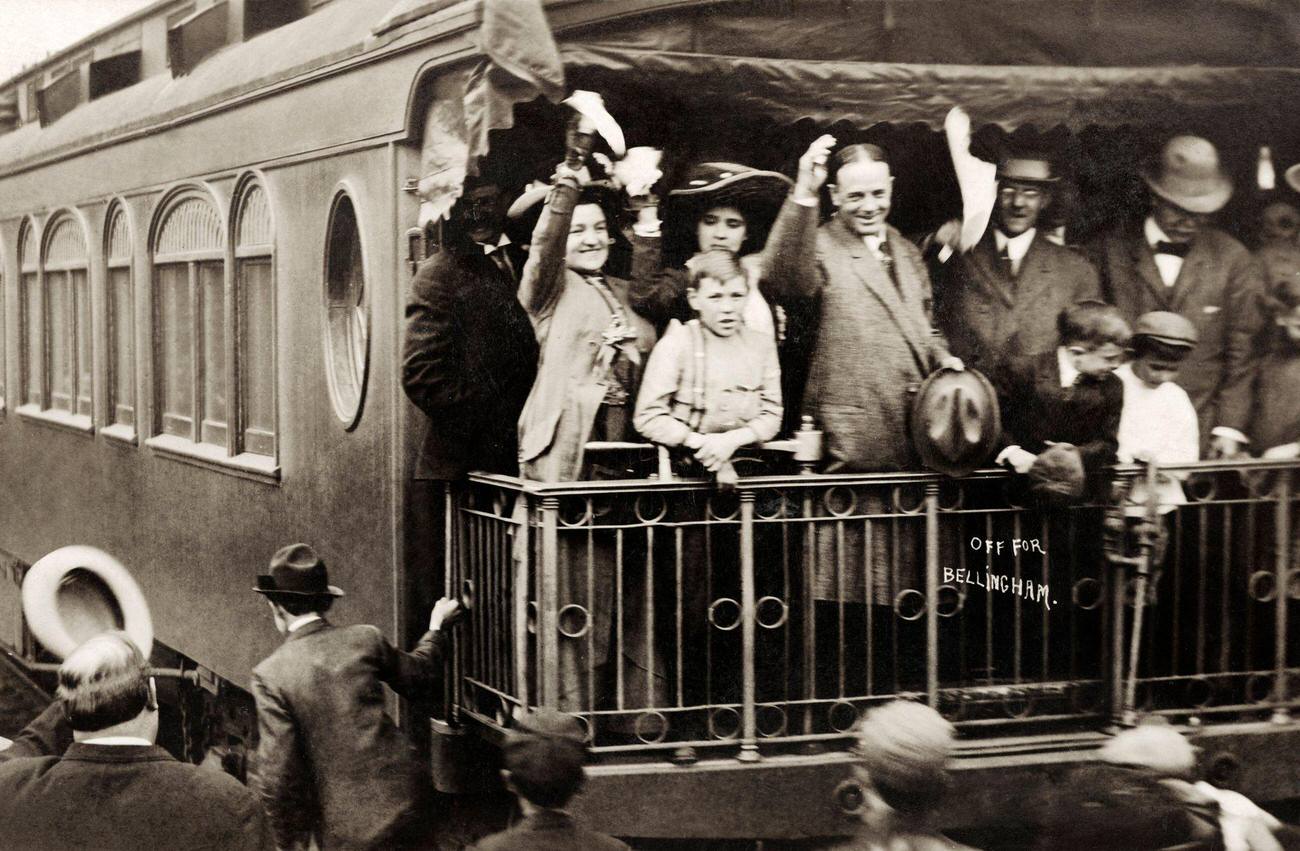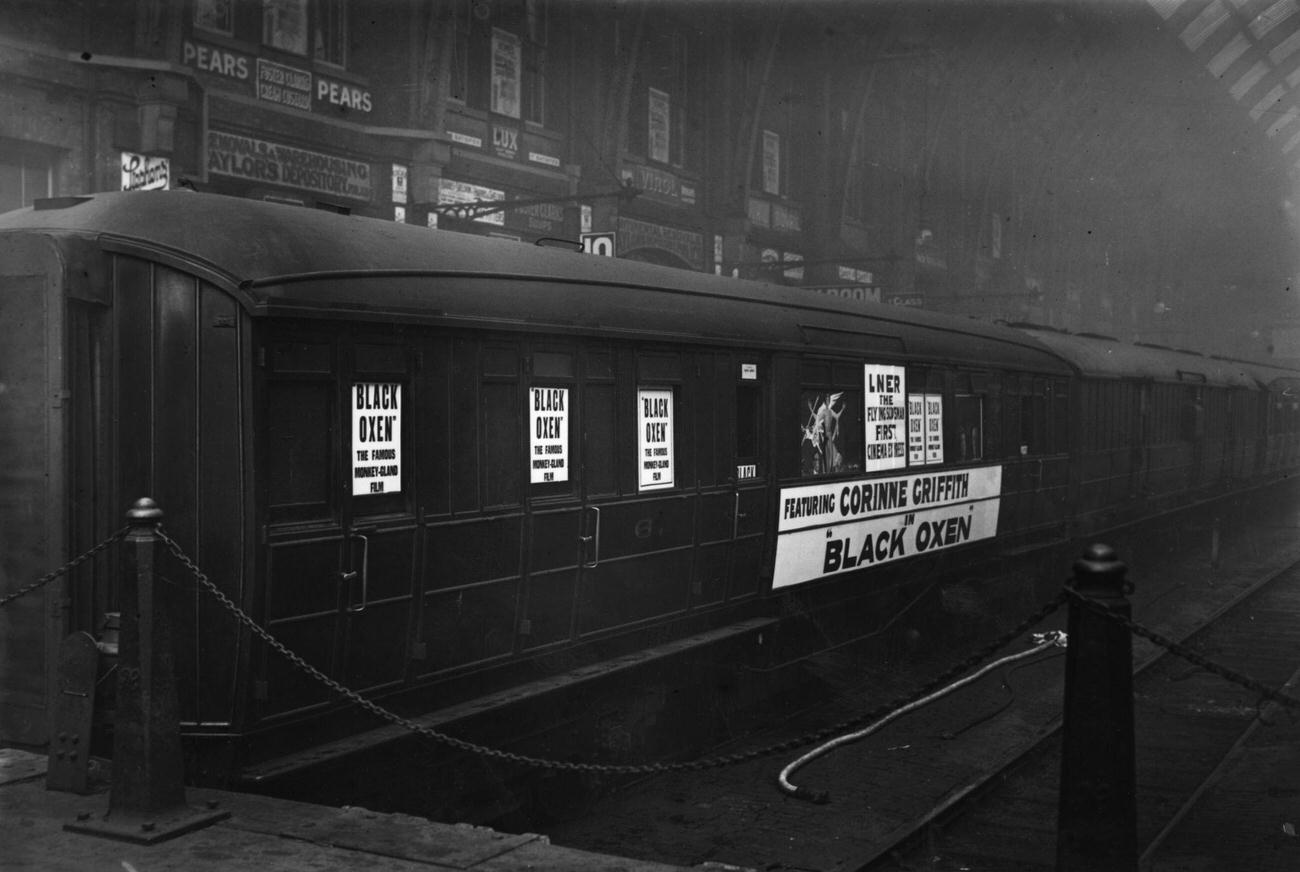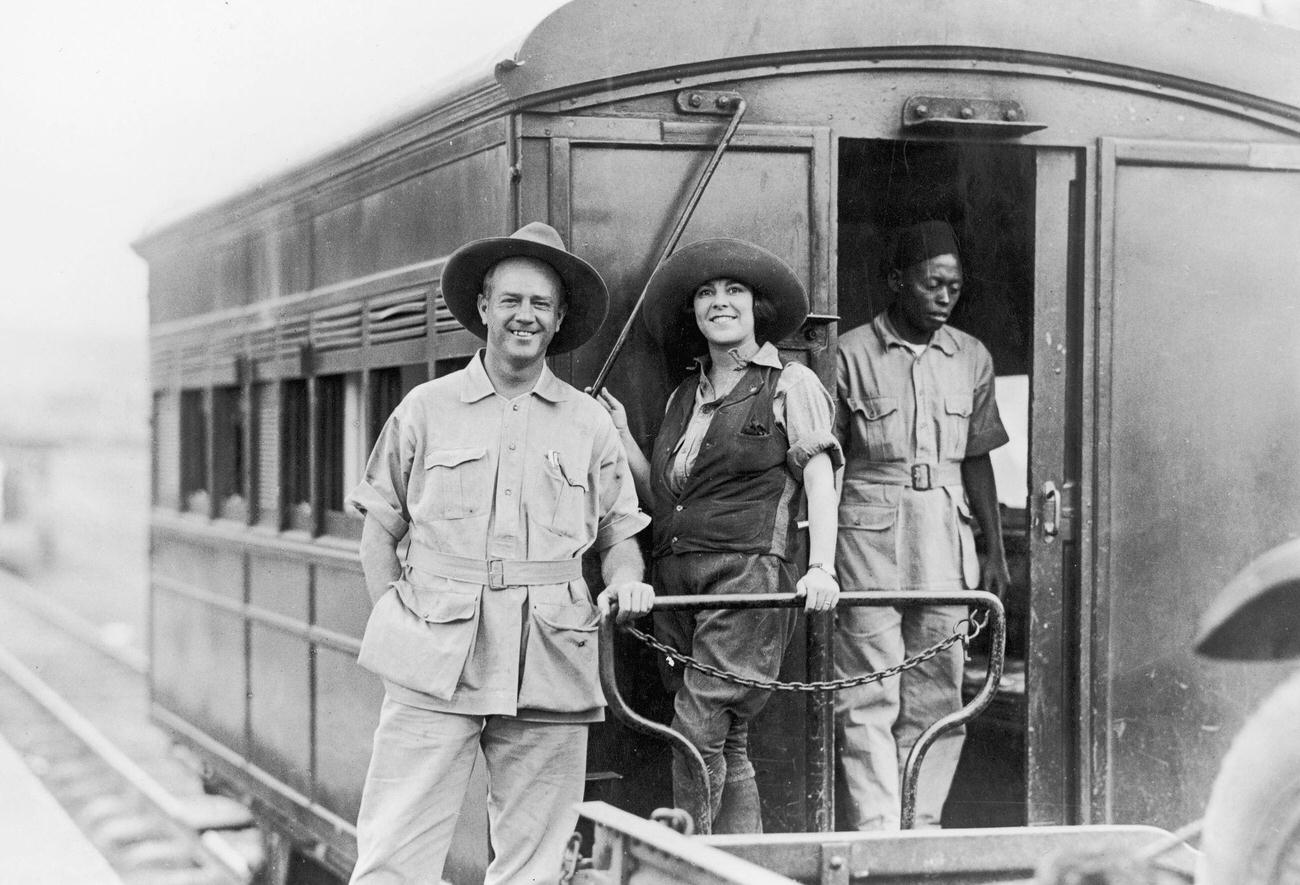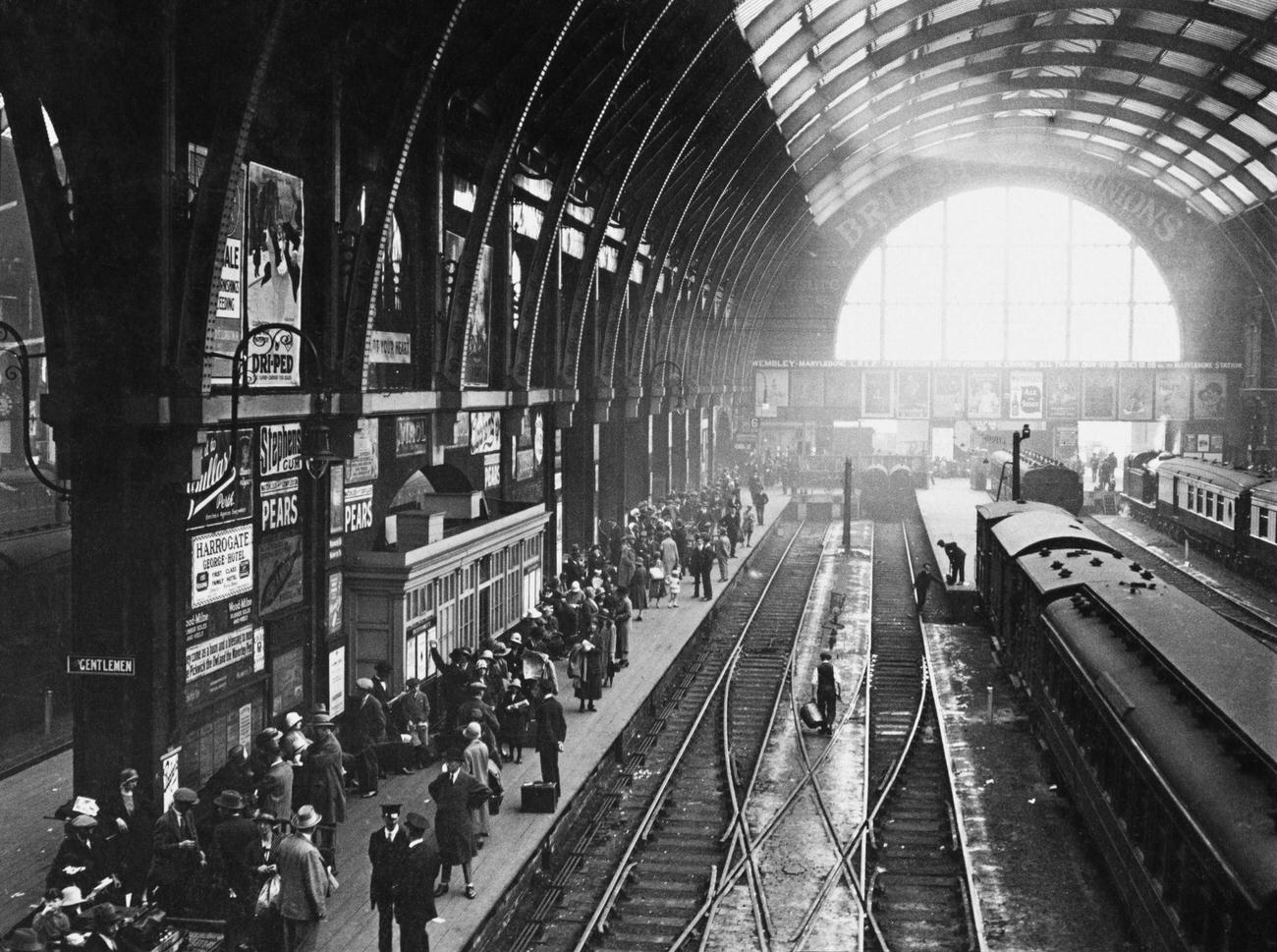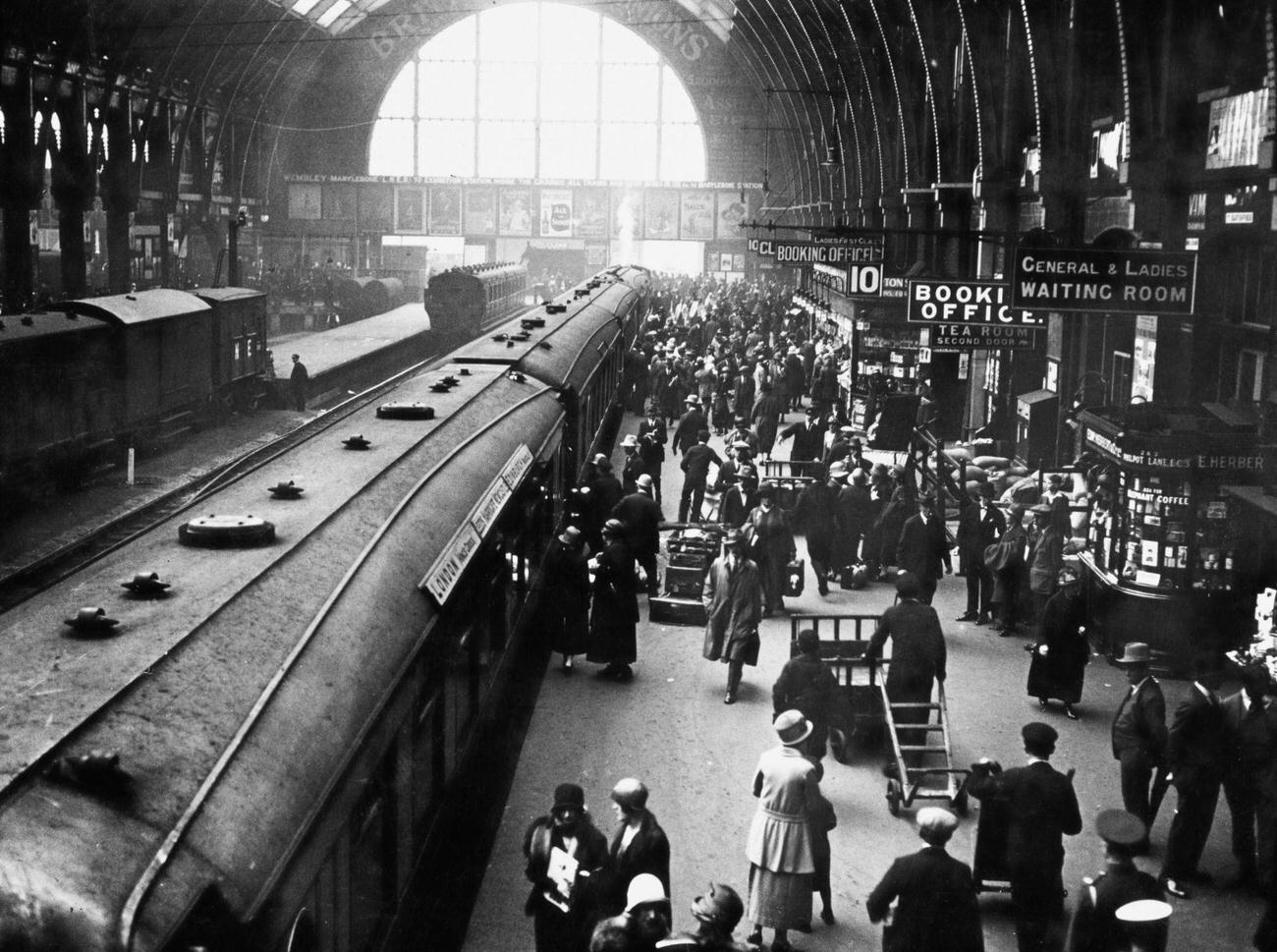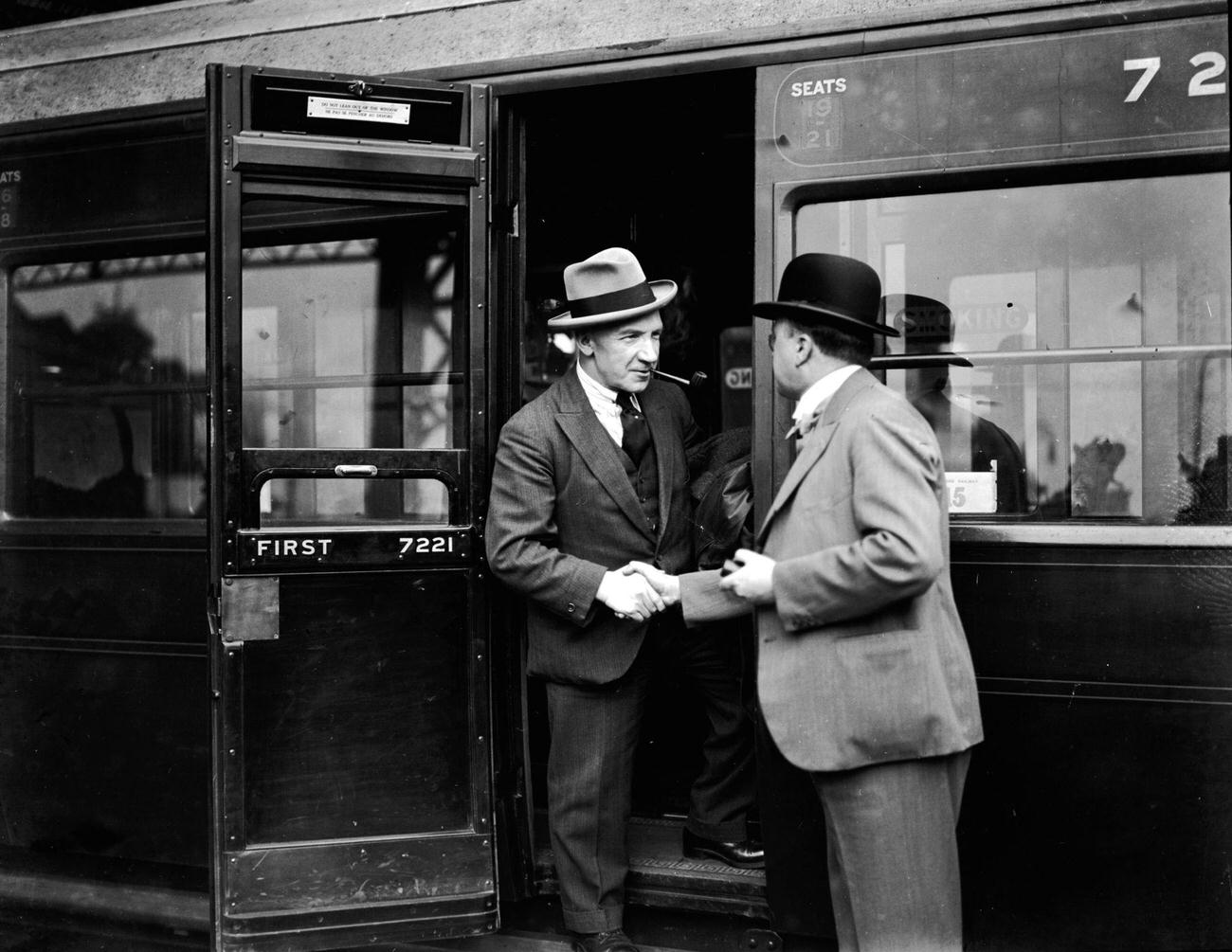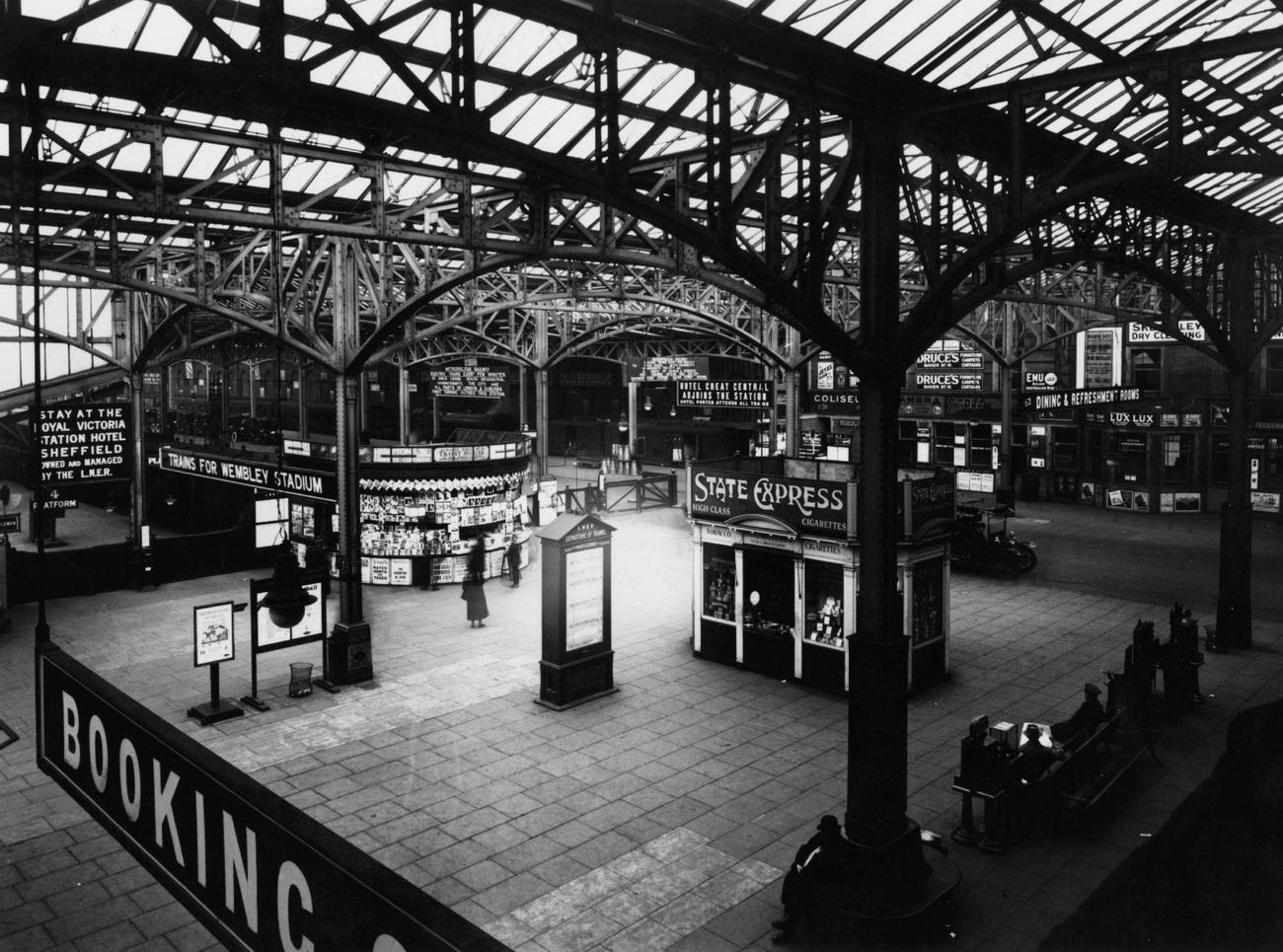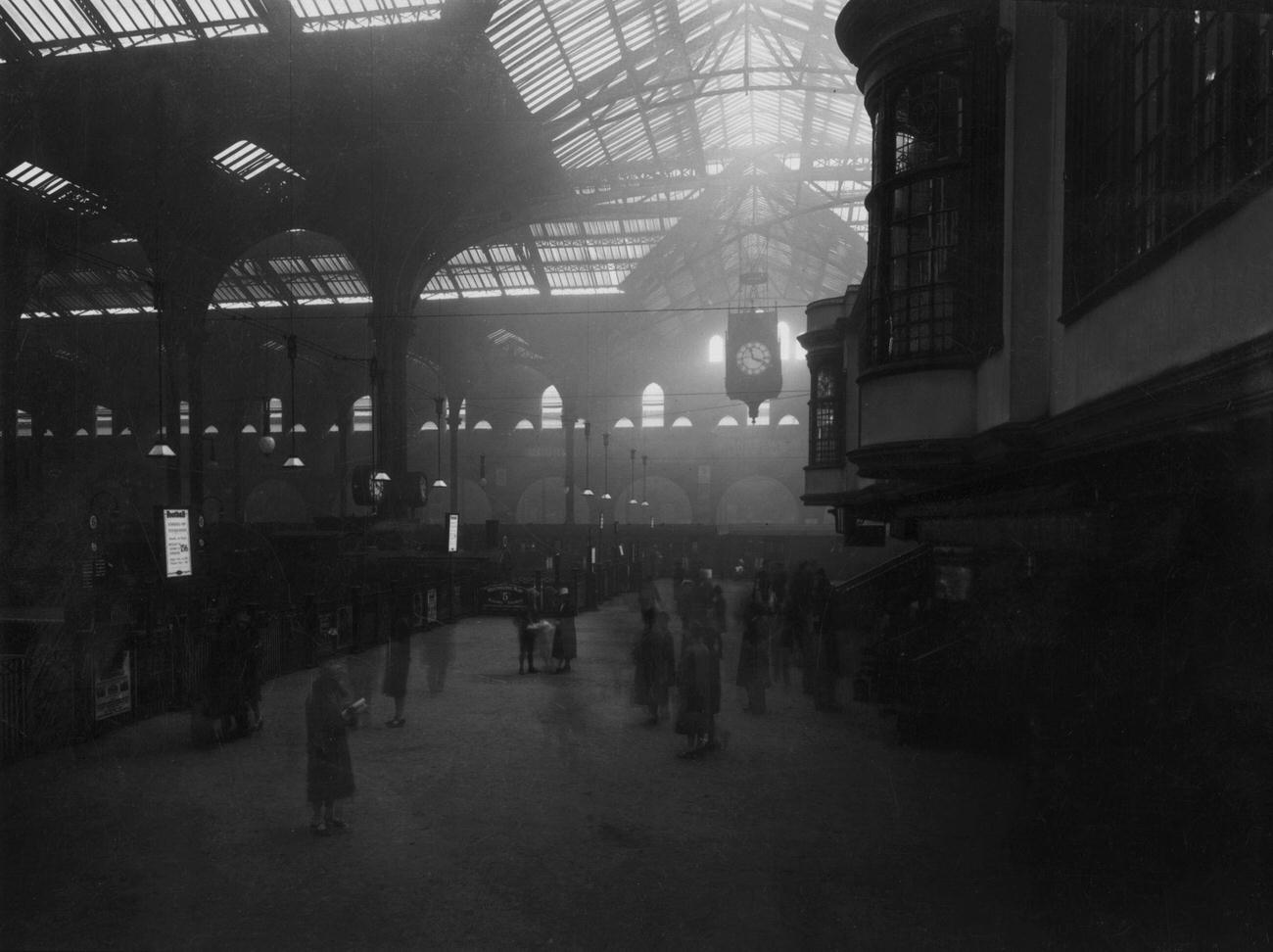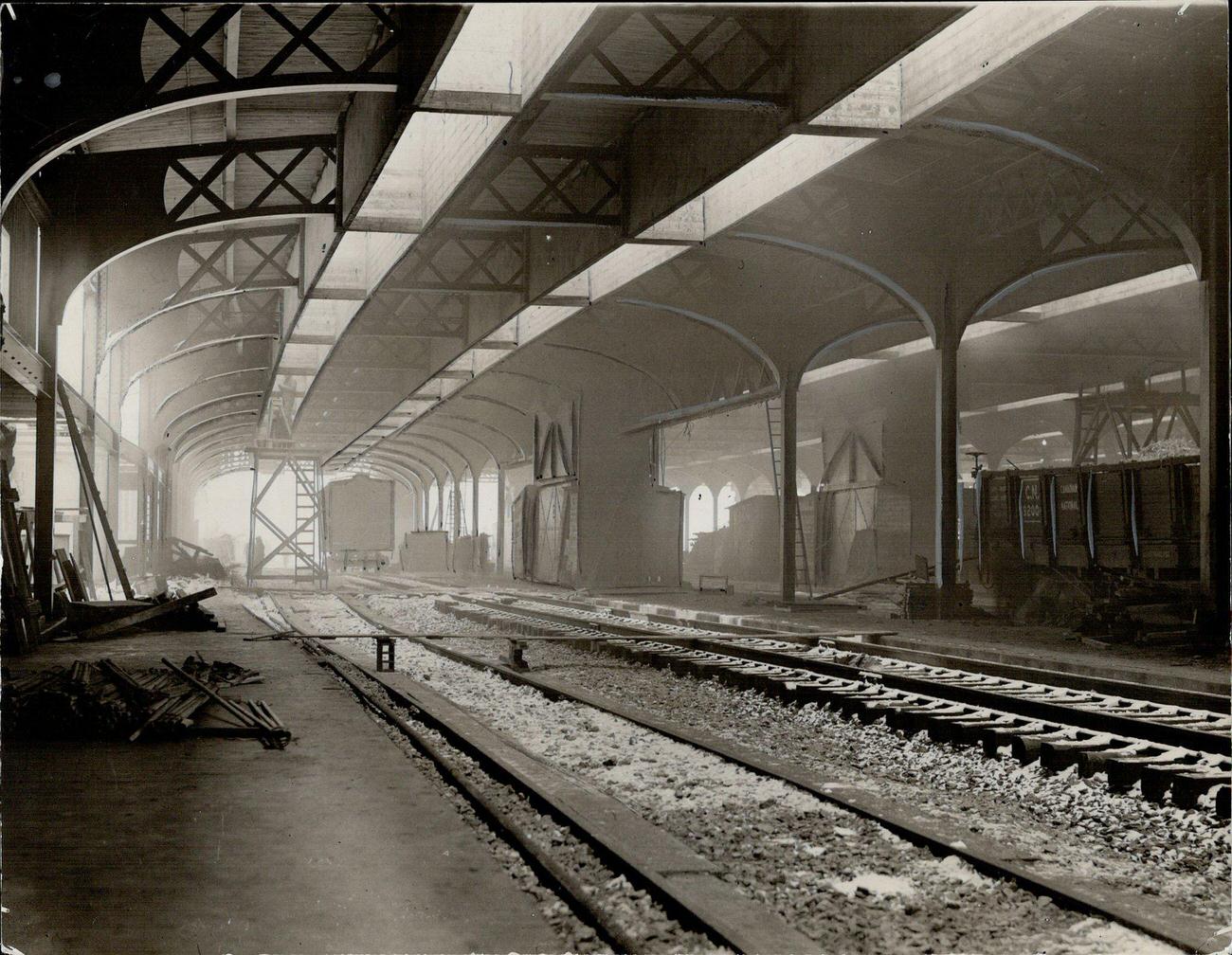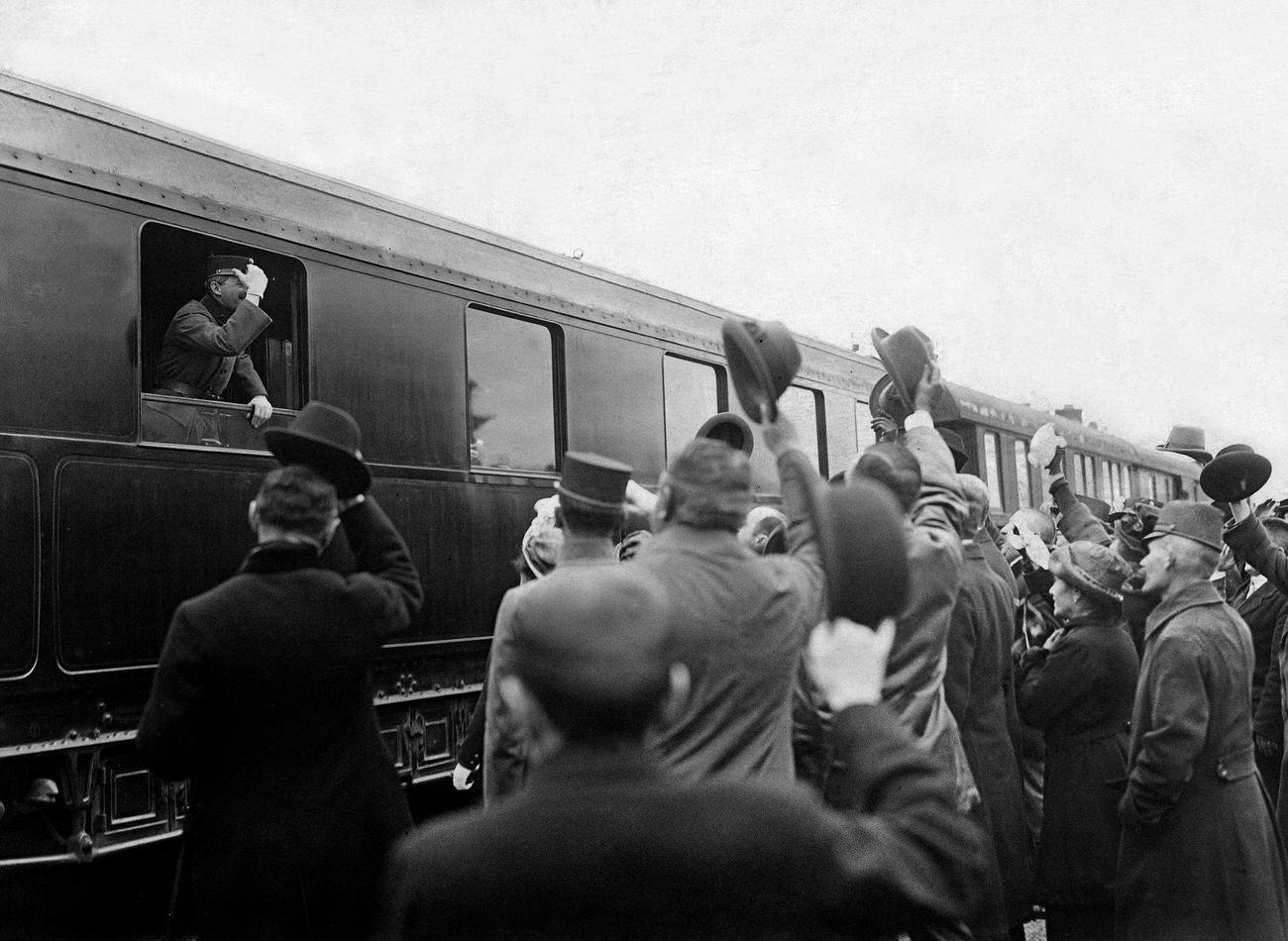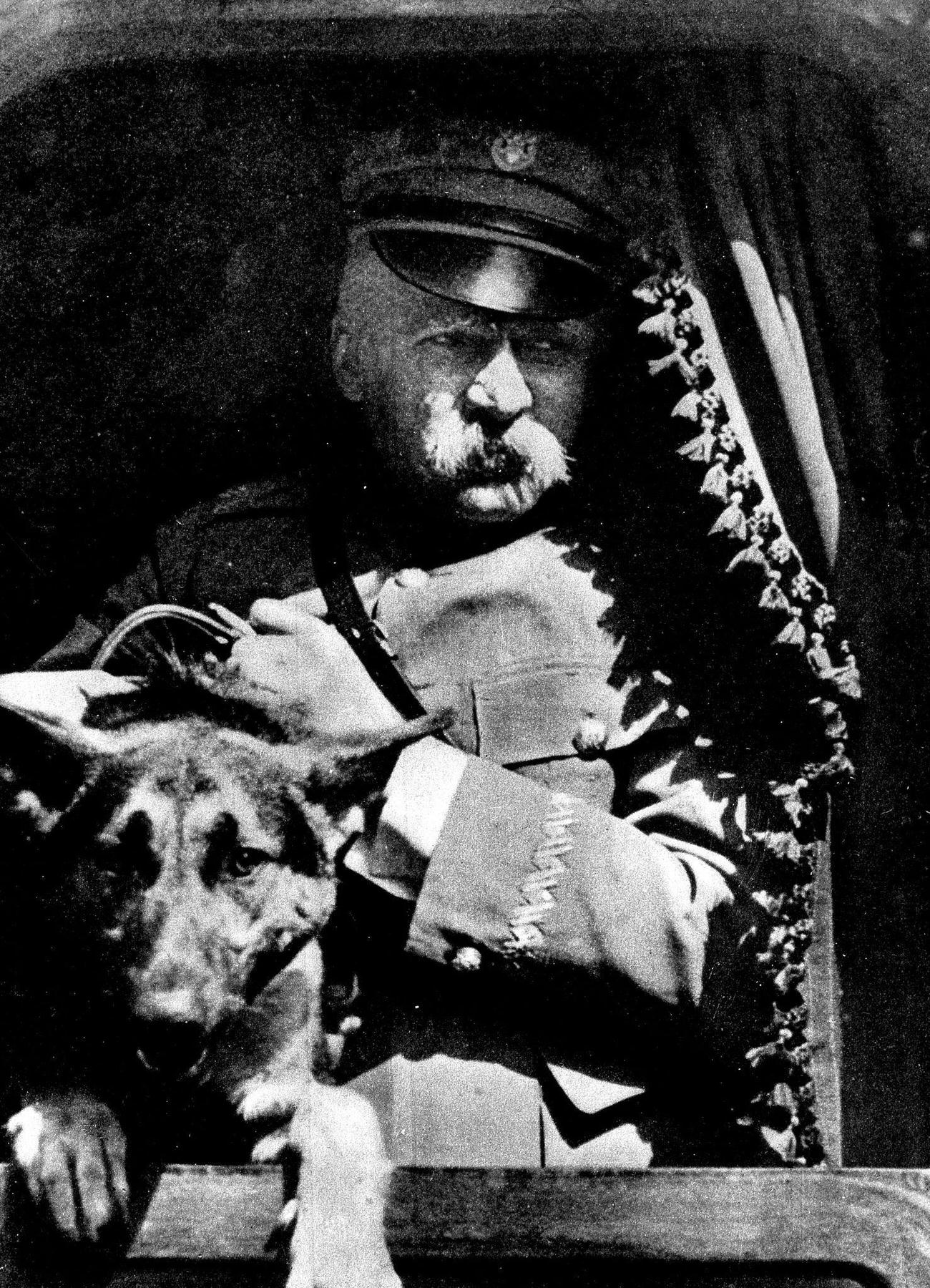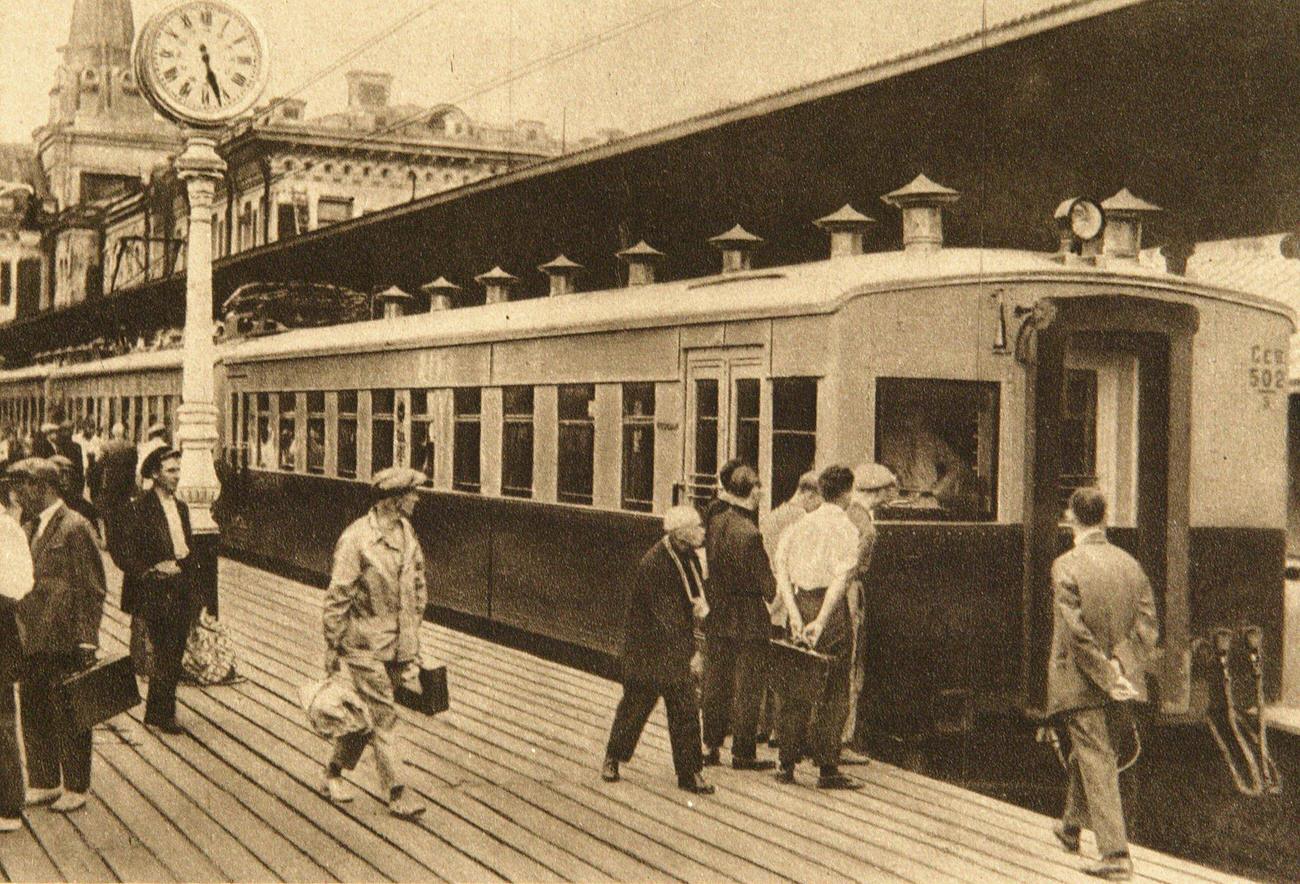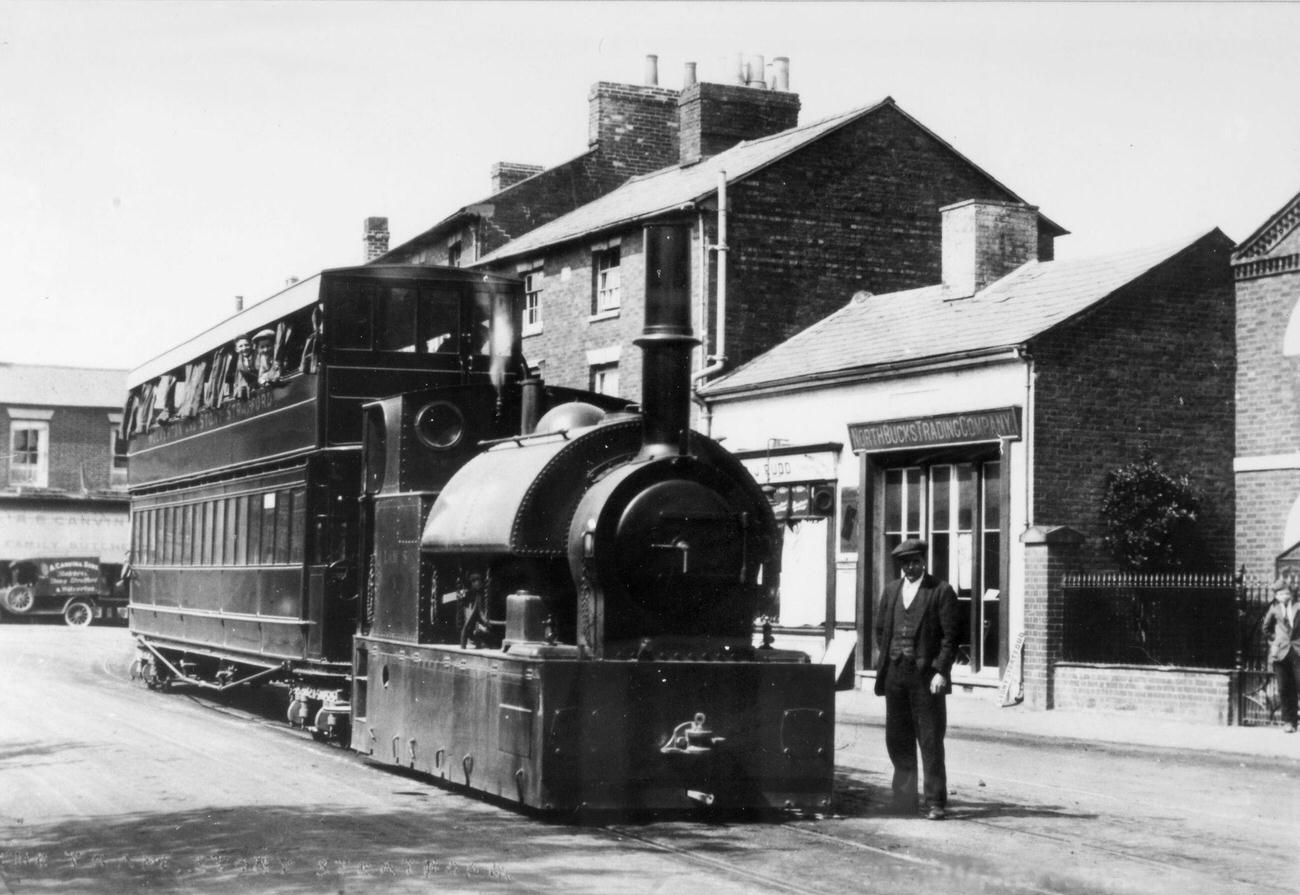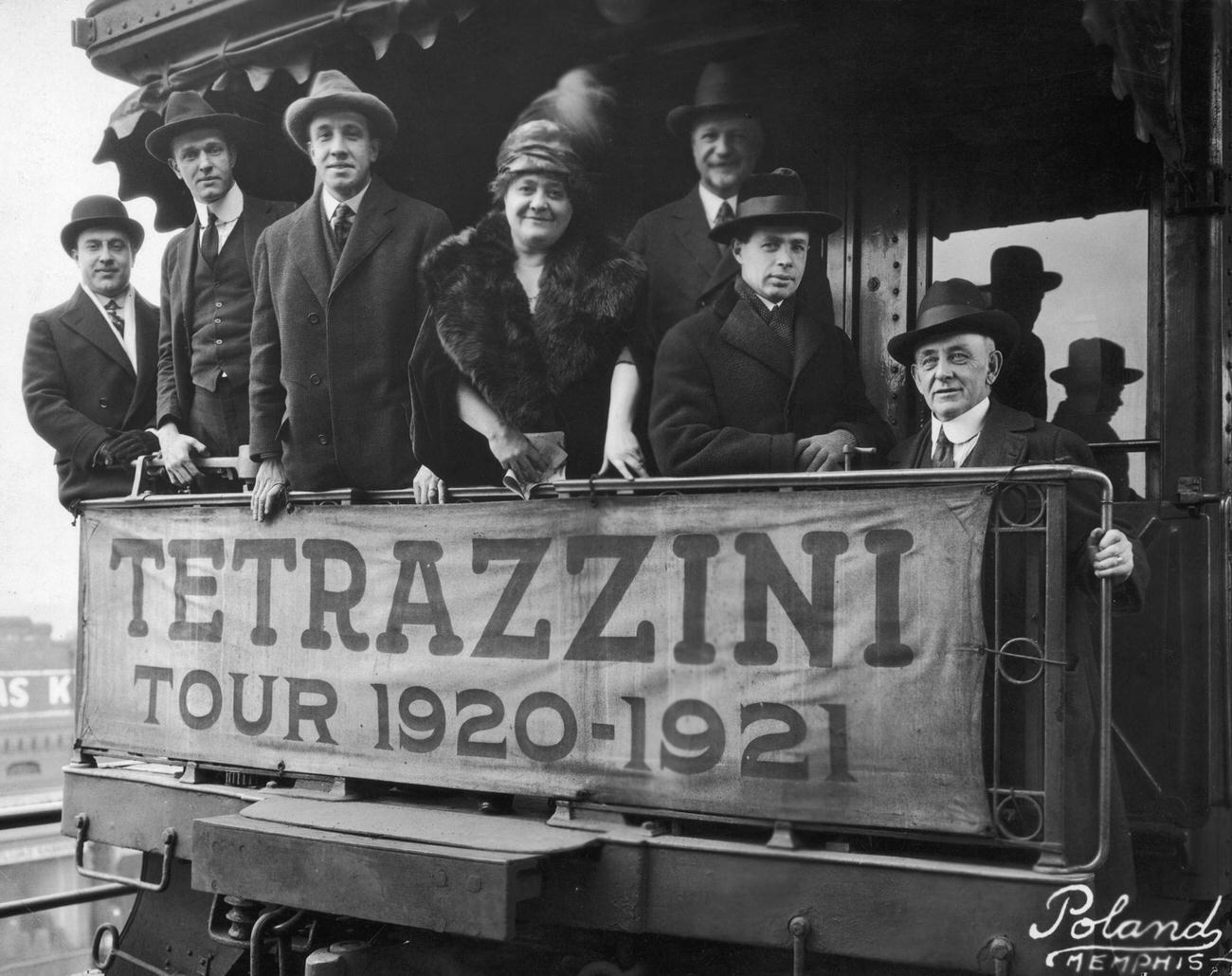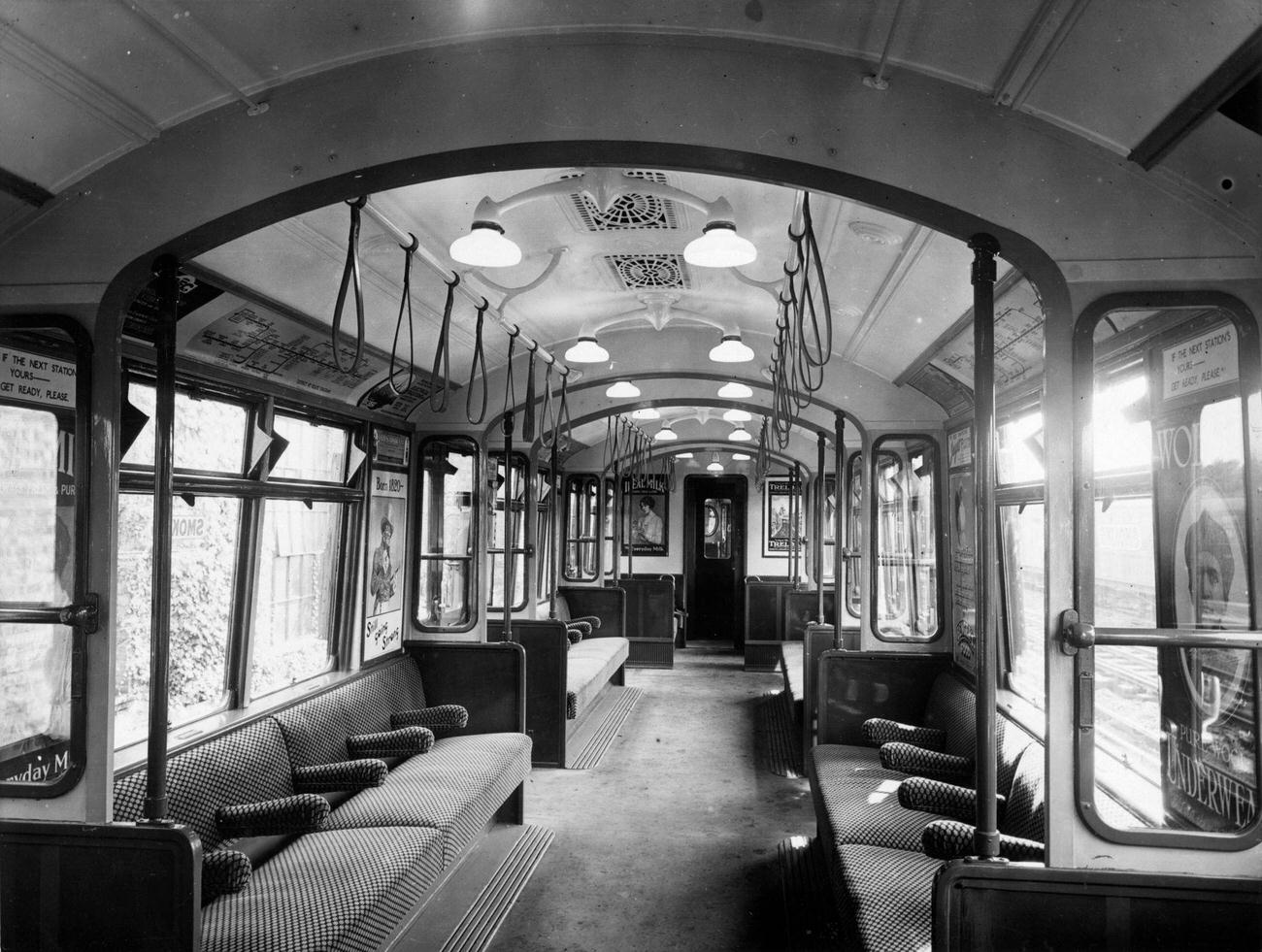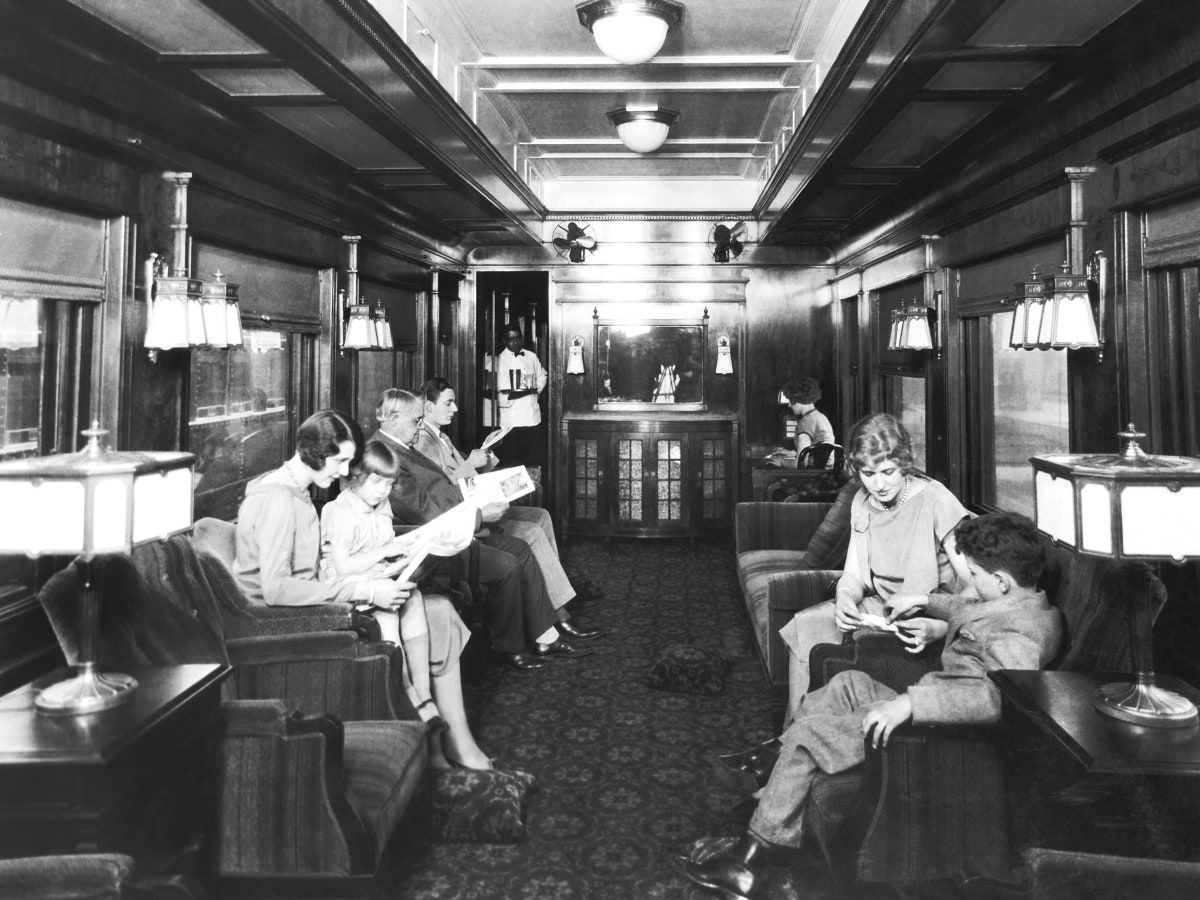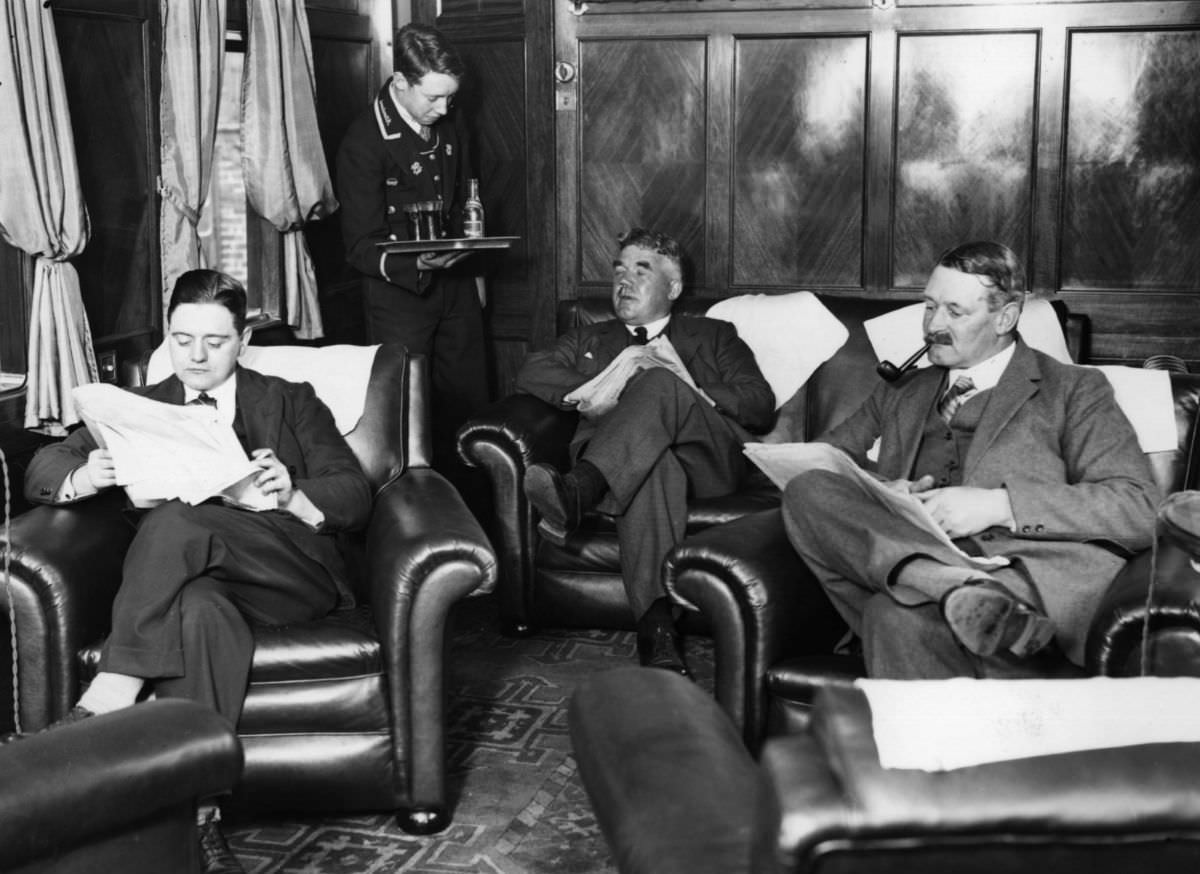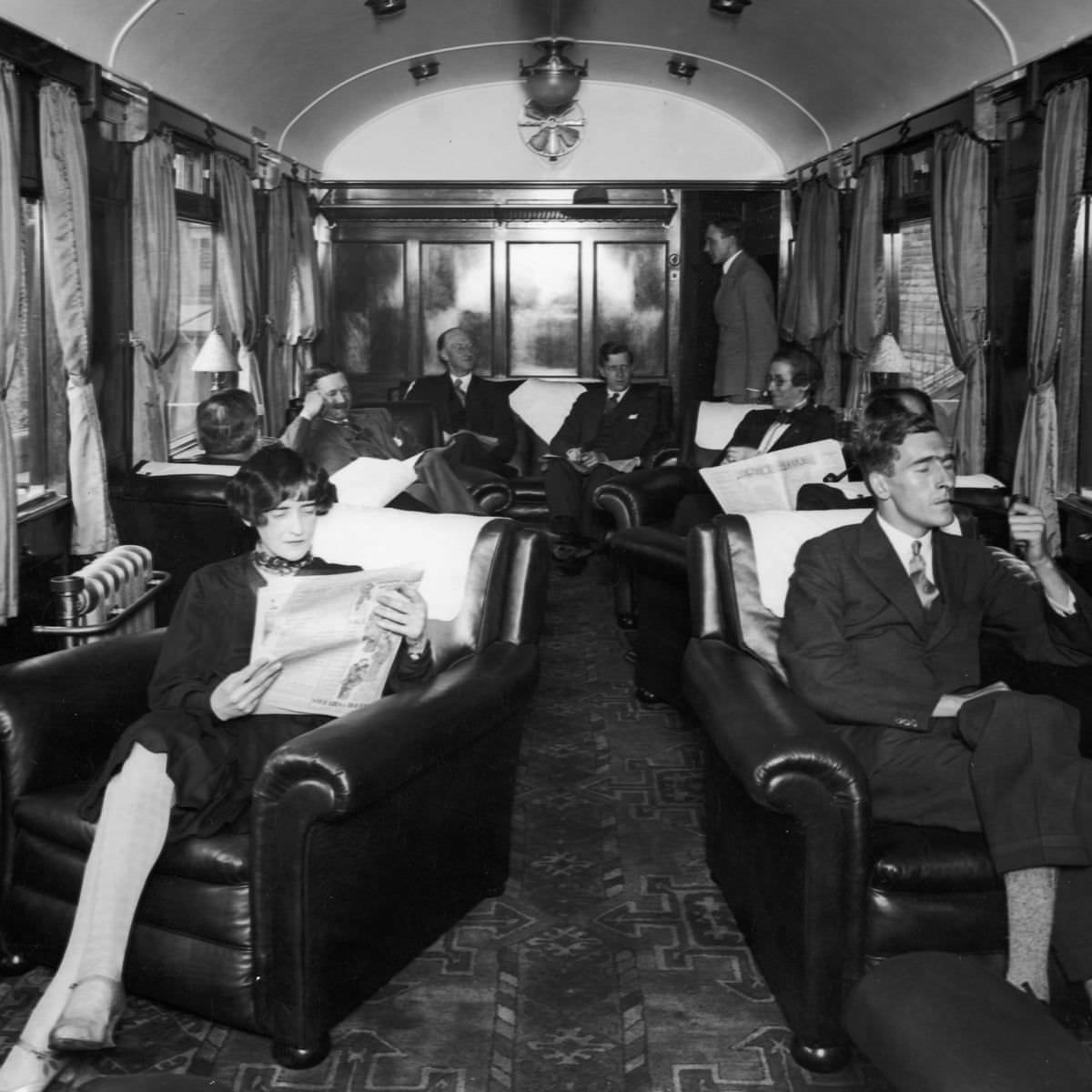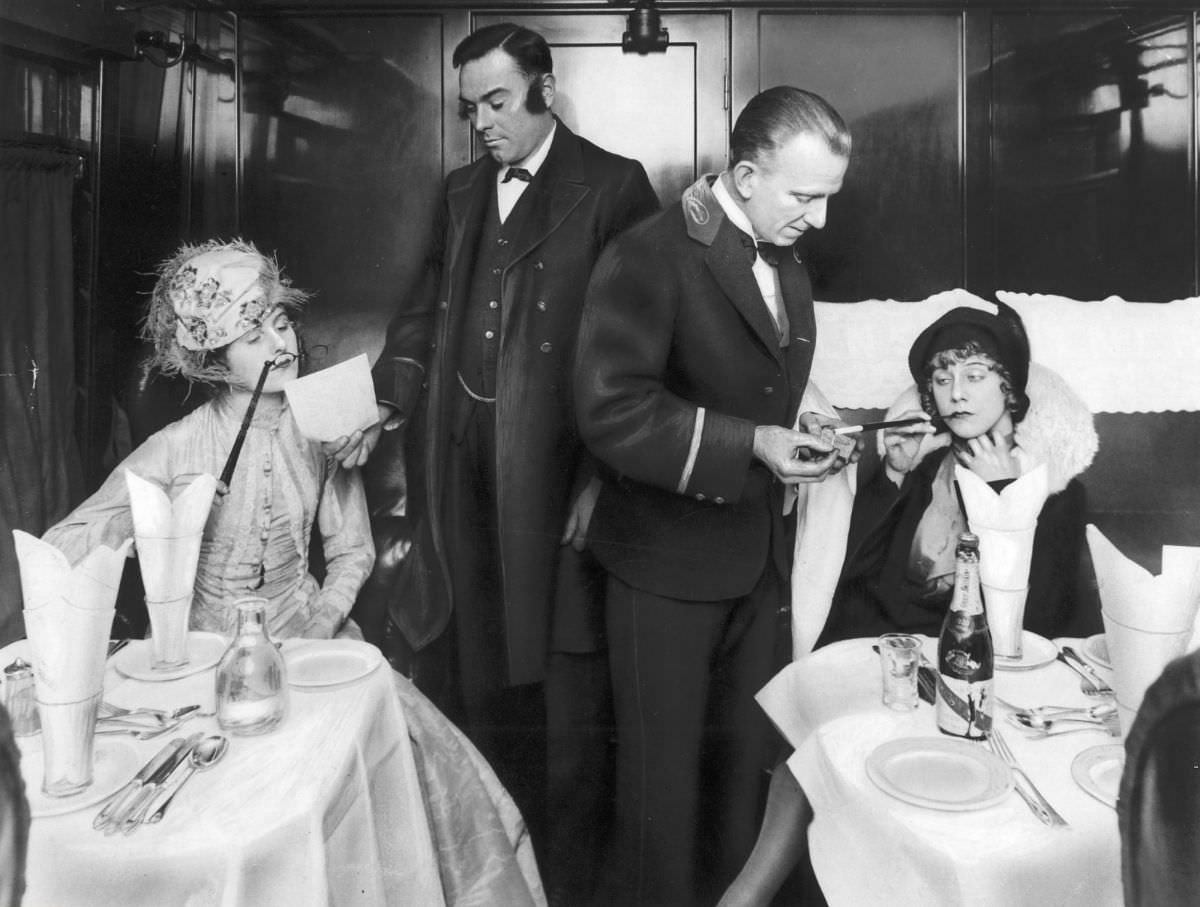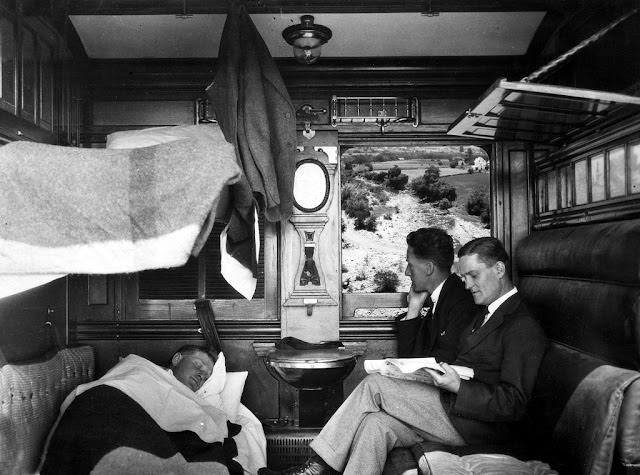In the 1920s, train travel was still a popular and vital mode of transportation in the United States and Europe. However, there were significant changes in the technology and infrastructure of the trains. Steam engines were starting to be replaced by more efficient and reliable diesel and electric engines. This change made train travel faster, more efficient, and more reliable.
The trains were also updated with more modern amenities, such as air conditioning and on-board restrooms. This made the travel experience more comfortable for passengers. The sleeping and dining cars were also updated to provide a more luxurious experience.
During the 1920s, train travel was becoming more affordable for a wider range of people, and it was no longer just a luxury for the wealthy. This led to an increase in the number of passengers, and the trains became more crowded.
The 1920s was also a time of significant growth in the rail industry. The development of new technologies and the increased demand for transportation led to the construction of new rail lines and the expansion of existing ones. This allowed for more destinations to be connected by train and made it easier for people to travel long distances.
Regarding cargo transportation, the rail industry continued to be a key component for the movement of goods, especially for heavy cargo. It was vital for the economy and the development of industries. The travel experience was also more comfortable and affordable, which increased the number of passengers. The rail industry was also expanding, connecting more destinations and supporting the economy.


